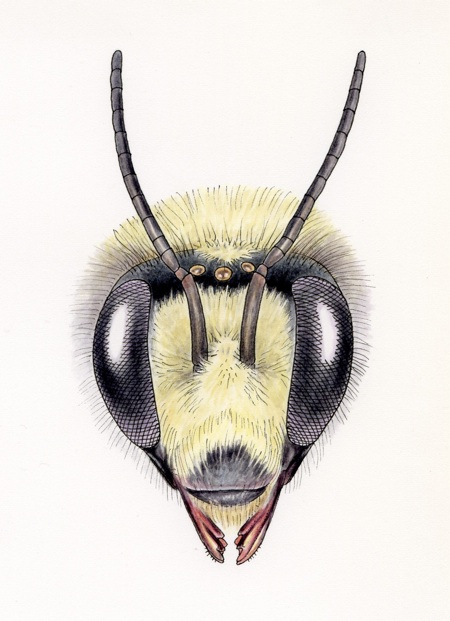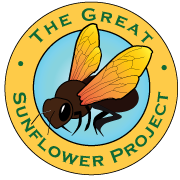
1.25 acres developed land, bordered by oak trees, and backed by approx. 3 acres of undeveloped field.
Which garden or space are you describing?:
How large is your yard?:
1.25
acres
Are there low traffic areas where the soil is not turned over, tilled or plowed?:
Yes
Are there areas dead wood, brush piles or snags present?:
Yes
How many flowers in your garden bloom in spring?:
10 or more
Are flowers planted in clumps?:
Yes.
How much mulch is on the ground?:
Some.
Is there fresh, clean water always available with a perch that bees could stand on and drink?:
Yes
If you use pesticides, do you avoid using neonicotinoid pesticides?:
Yes. I have checked that the pesticides we have do not include neonicotinoids.
Are pesticides used in the garden?:
Yes
Is pesticide use avoided when flowers are in bloom?:
Pesticides are use only when there are no flowers in bloom
Is the drift of pesticides controlled?:
Pesticide drift is controlled.
